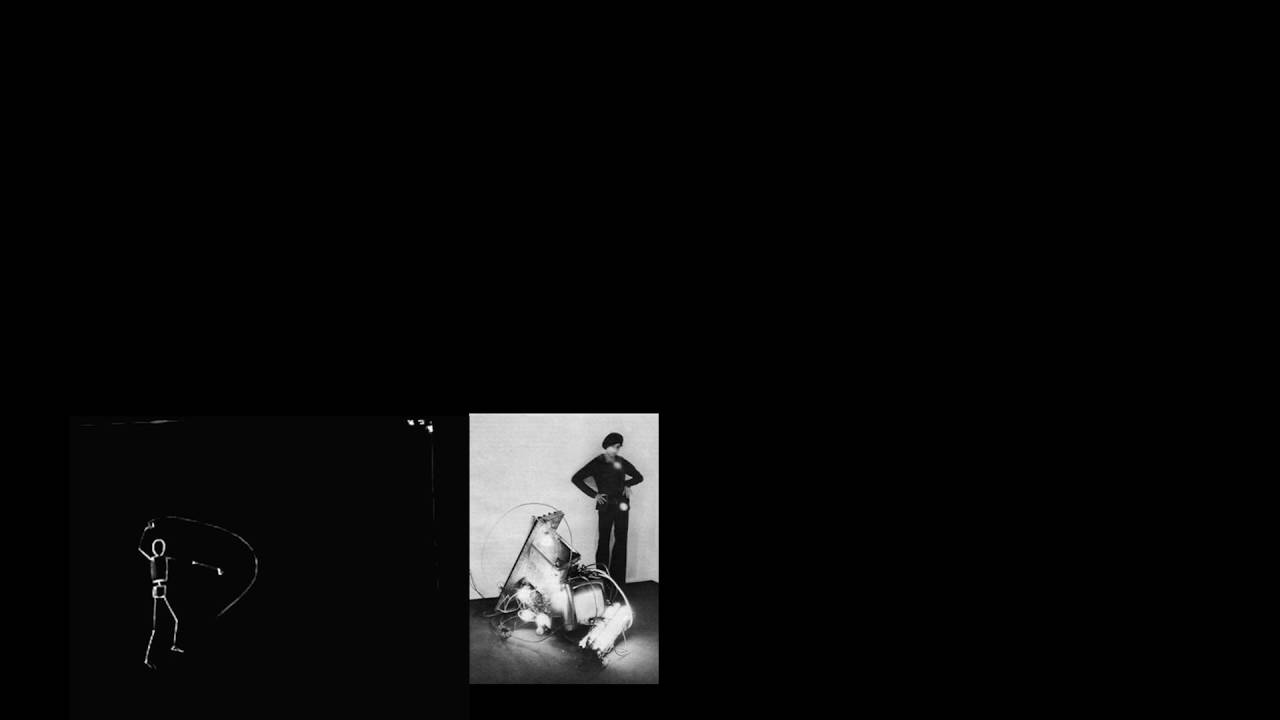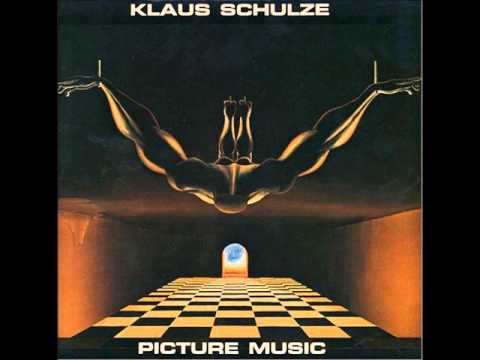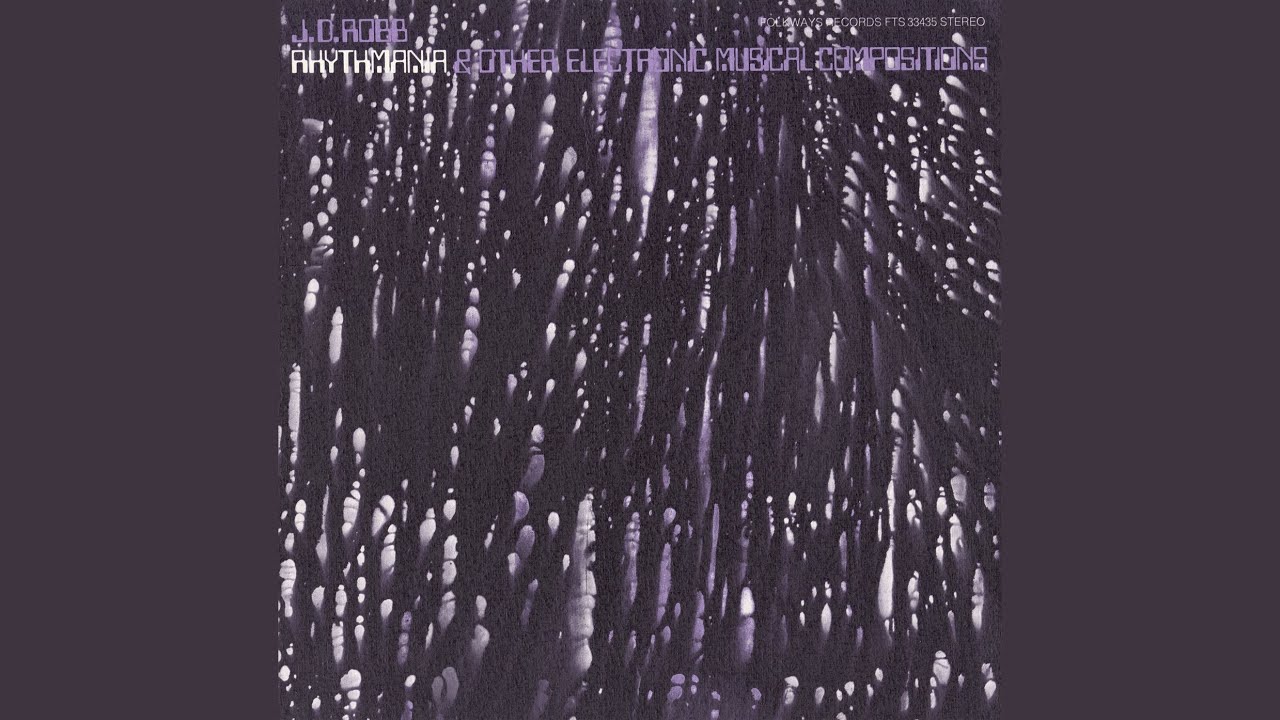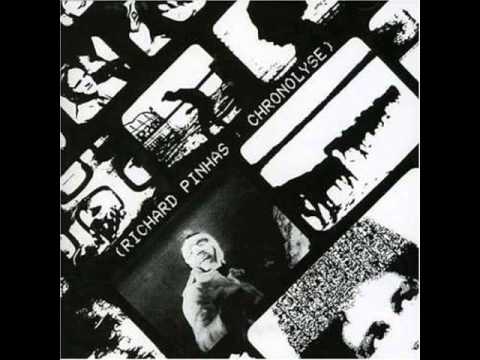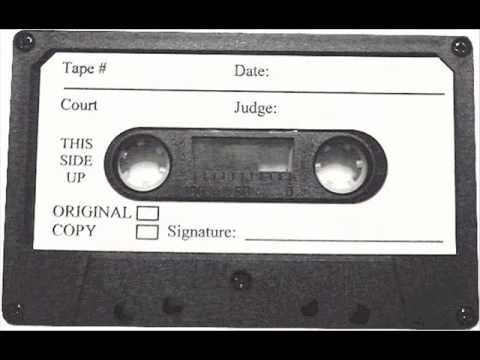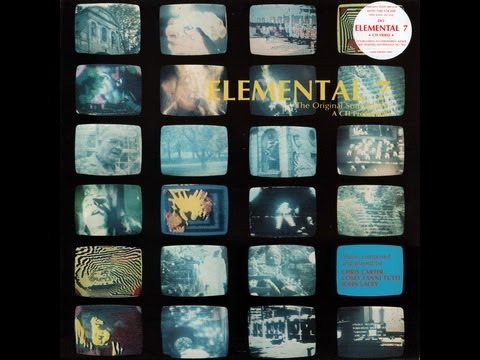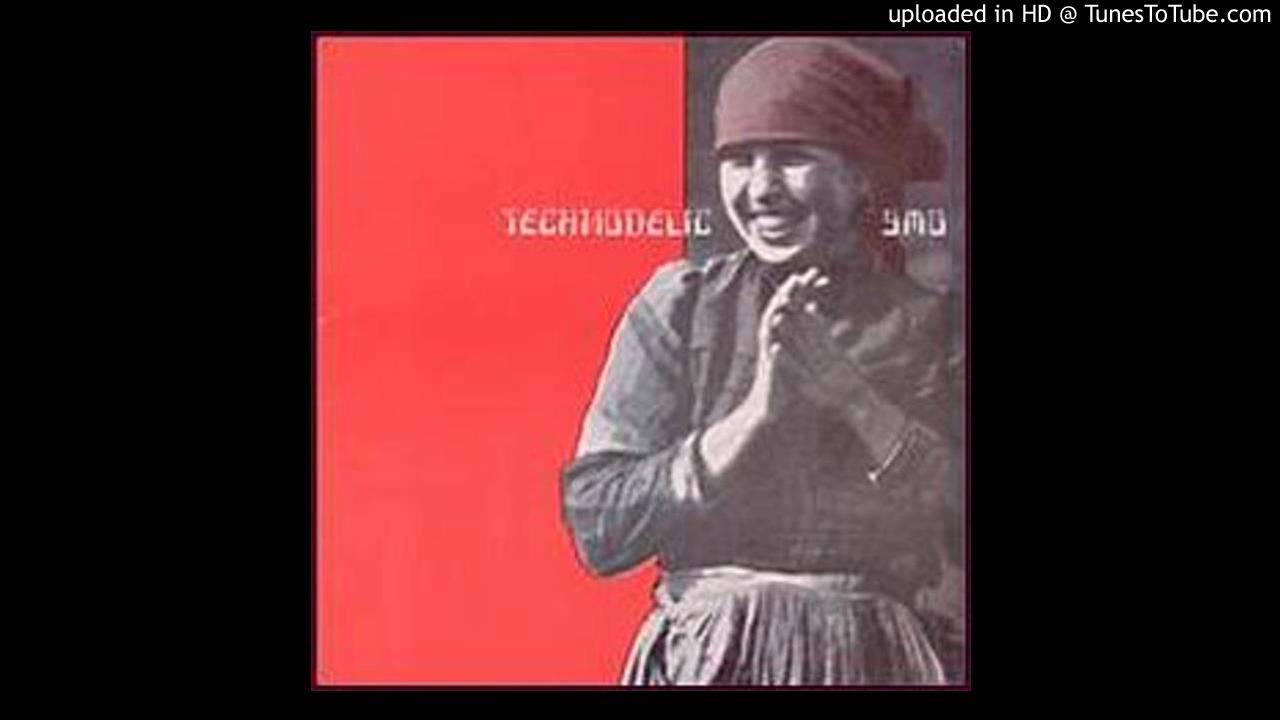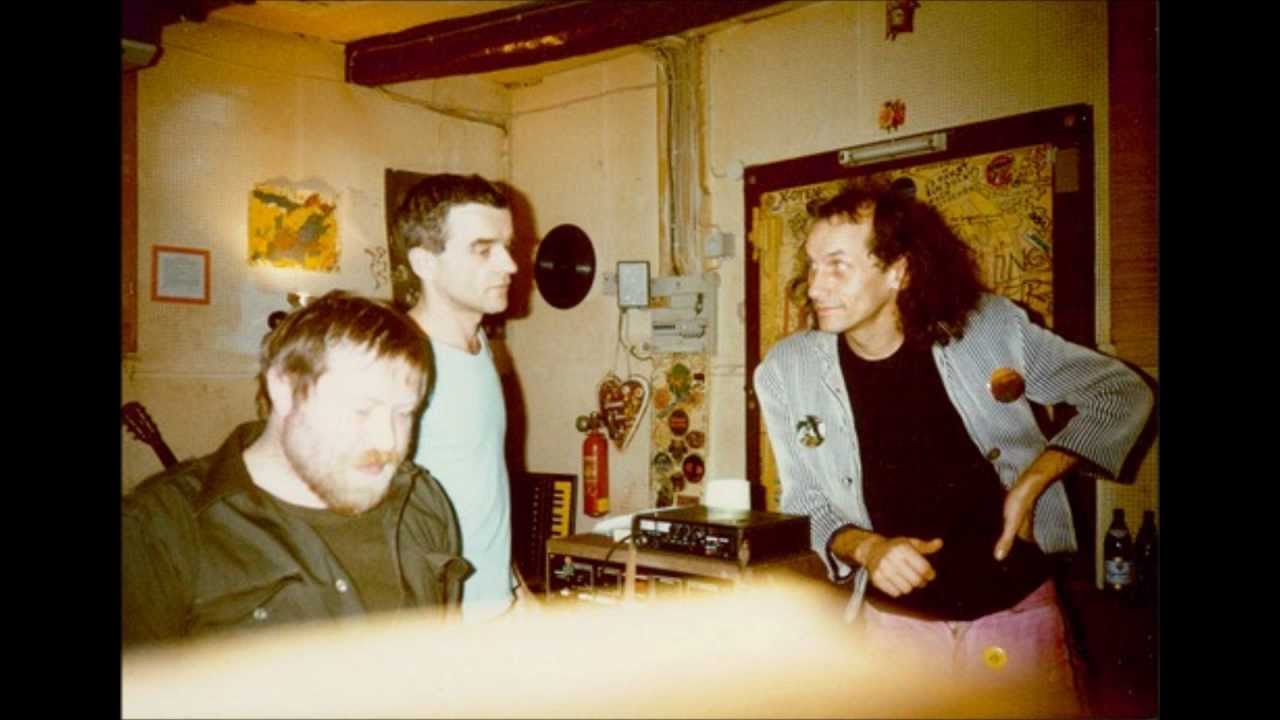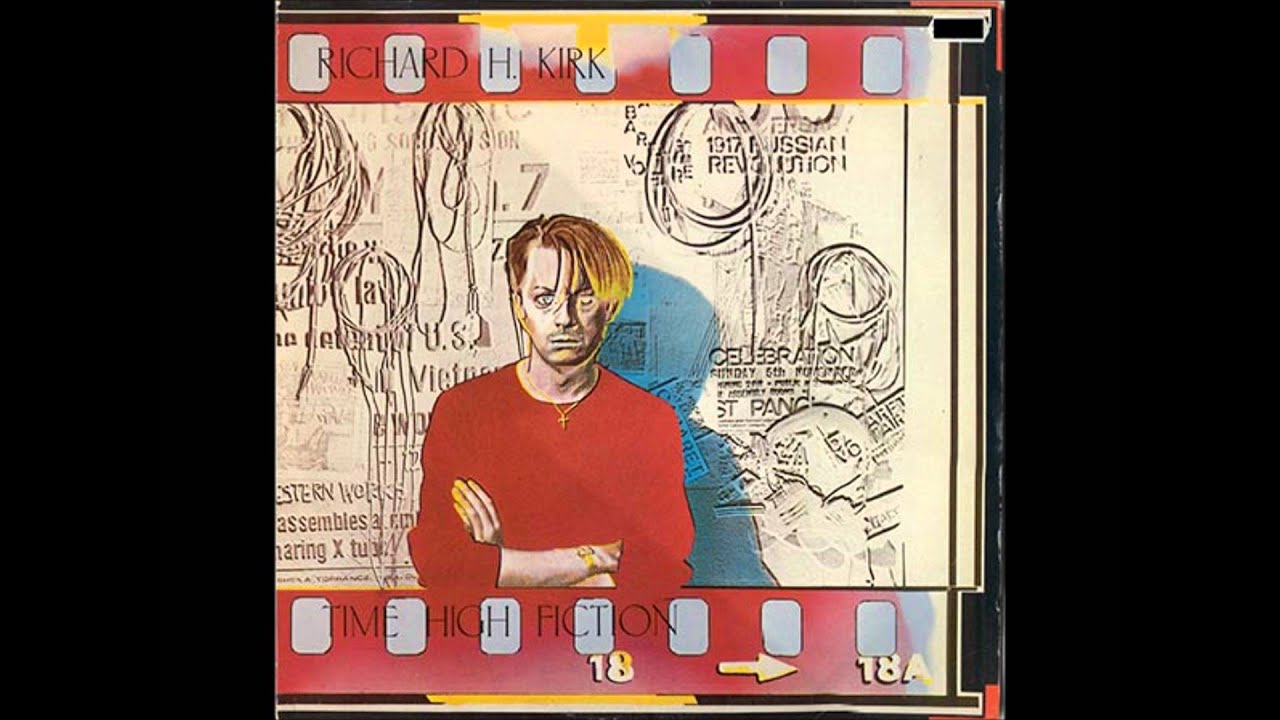
Christopher Joseph’s Guide To His 10 Experimental Proto-Techno Influences
Christopher Joseph is a DJ and producer who runs the Flexxseal label out of Berlin.
Techno has always been a futuristic genre, but it didn’t emerge from a vacuum. Prior to the formal founding of the sound in mid-’80s Detroit, artists in disparate places were making music that could be easily classified as a form of “proto-techno”. This loose definition includes electronic music created by the likes of Kraftwerk, Silver Apples, Suicide, Giorgio Moroder, New Order and others. For this week’s genre guide, Flexxseal label boss Christopher Joseph selected 10 proto-techno records that have influenced him.
“I can only really scratch the surface of my influences that I believe to be “proto- techno”. I ended up choosing these 10 tracks because they seemed profound for me as both a producer and DJ. These are tracks that are also influential to both the originators of techno and to regular electronic music lovers. I purposefully left out Kraftwerk and Cybotron. I think people already know how important they are to electronic music.”
Suicide – “Mr Ray Live at CBGB 1977” (Blast First / Mute,1998)
“Suicide’s attitude, as much as their work with synths and drum machines, for me is what was so influential about them for modern techno. They were a huge part of the New York underground sound in the 1970s, and one of the first to use the phrase ‘punk music’. They may not have been one of the main influences for Detroit techno, but they were influential to many other electronic artists.
Aphex Twin, Autechre and Depeche Mode have all listed them as influences. This track is pulled from a live set recorded at CBGB in 1978. It was remastered and released when their first self-titled LP was reissued on CD in the late ’90s. The percussive rhythms in this track, as well as the others from this first LP, are what for me makes them stand out as innovators.”
Klaus Schulze, “Mental Door” (Brain 1975)
“Klaus Schulze was the drummer during the early recordings of Tangerine Dream. He also briefly played keys and drums in Ash Ra Temple before going out on his own. He has released countless solo LPs since. His sound shaped what is known as the ‘Berlin School’, and in many ways (whether you like it or not), ambient and trance. His music is perhaps one of the most important influences on me and my productions. The fact that he was a drummer and then went on to work with synths is similar to my own path as a musician. This LP ‘Picture Music’ was one of the first where he used mostly synthesizers to create the album. ‘Mental Door’ is a long mesmerizing trip. Essential.”
J.D. Robb – “Rhythmania” (Folkways, 1976)
‘Rhythmania’ is a polyrhythmic modulating Moog synth piece by J.D. Robb. He was one of the first to use the Moog synth and is considered a pioneer. If you listen through, there are countless loops you’d swear you’ve heard before in a bleeping techno track. I’m sure someone has sampled it.
Richard Pinhas, “Sur Le Theme De Bene Gesserit VII” (Cobra 1978)
“French prog/space rock legend and founder of the band Heldon has some really great solo LPs. I particularly like his works that are mostly using synthesizers. This song on his Chronolyse album always stood out to me as one of his best. It’s a regular in my sets when opening a room.”
Throbbing Gristle, “Hot on the Heels of Love” (Industrial Records 1979)
“Known for being the pioneers of industrial music, Throbbing Gristle’s DIY approach to making music was extremely influential to many styles of electronic music, including techno. This track I guess is more straightforward than their early works, but it still has that certain asperity that they are famous for. Their label along with Monte Cazazza was home to many influential artists releasing some of Chris Carter’s first solo work, Clock DVA, Cabaret Voltaire and even spoken word records from the famous beat writer William Burroughs.”
This Heat, “24 Track Loop” (Piano 1979)
“’24 Track Loop’ is filled with warped tape modulating sounds that keep building and building until your head feels like it’s bouncing inside of a metal cage. This Heat is not particular known for influencing techno, but for me this track has all the inspiration you need.”
Chris & Cosey, “Dancing Ghosts (Midnight At Robinwood Mill)” (CTI 1984)
“C&C were already pioneers when they were part of Throbbing Gristle. They continued down the rabbit hole with electronics into the ’80s after Throbbing Gristle broke up. It’s really hard to pick just one track by them. This track is off the Elemental 7 LP that came out in 1984, although I believe “Dancing Ghosts” was first recorded in 1982. The record still sounds fresh to me today. Their first LP, Heartbeat came out in 1981 and is considered to be blueprint proto-techno.”
Yellow Magic Orchestra, “Key” (Alfa 1981)
“YMO’s innovative sampling techniques and use of synthesizers and drum machines allowed them to create electronic music that set them apart from their American and European counterparts. They were truly ahead of their time, and in the top tier of artists that influenced the sound of techno. The big names in Detroit will tell you YMO are up there with Kraftwerk as influences. I don’t believe they get as much credit as they deserve (perhaps because their sound is a bit more fun and poppy). This track, “Key”, is from their fifth studio album, Technodelic. It’s definitely a guilty pleasure.”
Moebius, Plank, Neumeier, “Speed Display” (Sky 1983)
“‘Speed Display’ is a collaboration by Krautrock greats Dieter Moebius, Konrad Plank and drummer Mani Neumeier, taken from their LP Zero Set. The influence that Krautrock has had on techno is overwhelming. Conny Plank was a prolific producer who recorded with many seminal artists at his studios. I found this track to stand out because of the speed, percussive rhythm and sort of abrasive synth work that is similar to what you would hear in a club today. I love to mix this track in with some faster techno records. It was reissued on Bureau B in 2009.”
Richard H. Kirk, “Shaking Down The Tower Of Babel” (Doublevision 1983)
“Richard H. Kirk is a multi-instrumentalist and part of the band Cabaret Voltaire. They were one of the pioneers of industrial music alongside Throbbing Gristle. Richard’s solo work in the ’80s-’90s is more on the electronic side. “Shaking Down The Tower Of Babel” is taken from his second album. Most of the album is experimental, but this track sounds like a metallic proto hard techno cut—creepy and looming synths that would sound great in a concrete bunker.”
Published November 08, 2019. Words by Christopher Joseph, photos by George Nebieridze.

